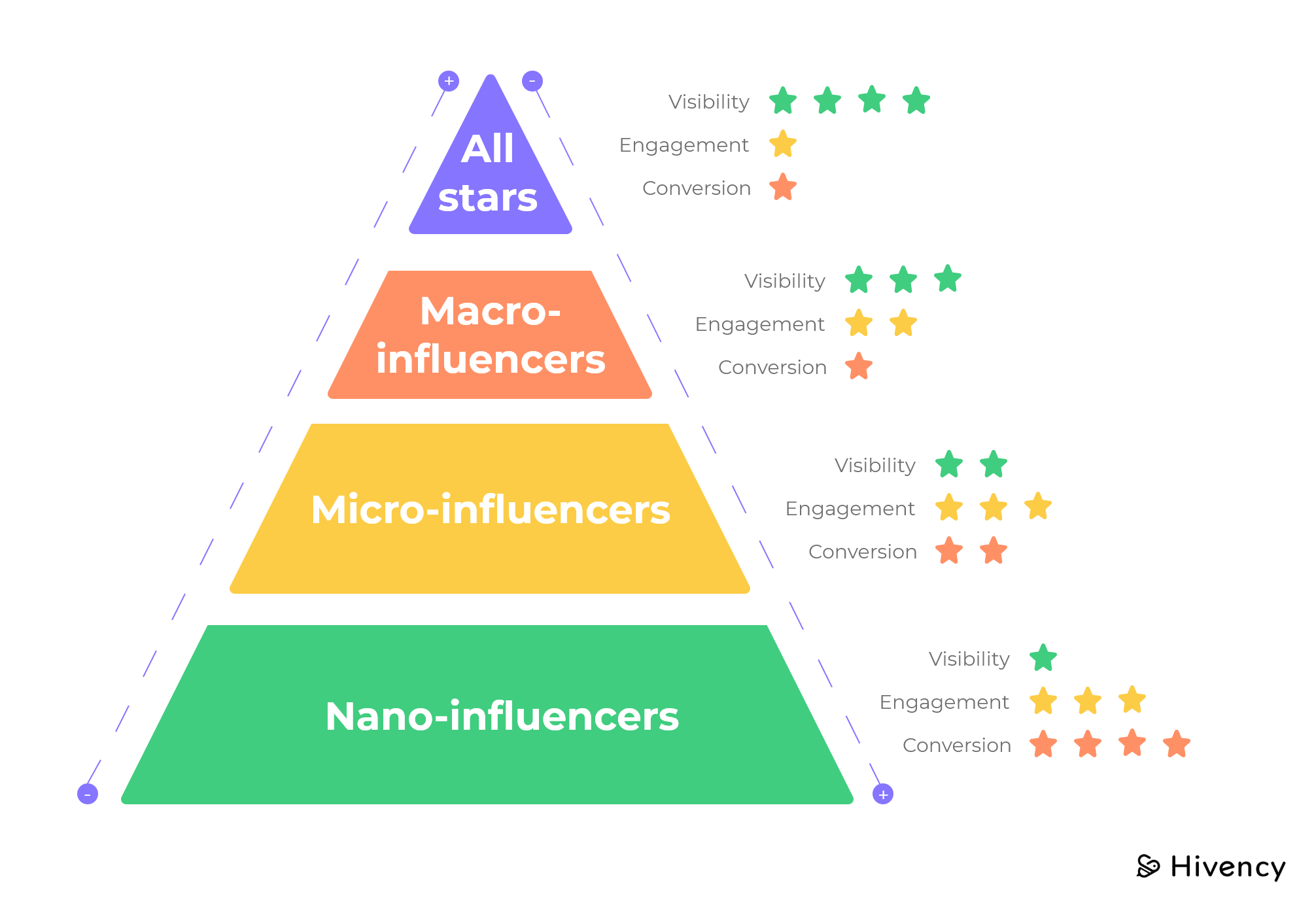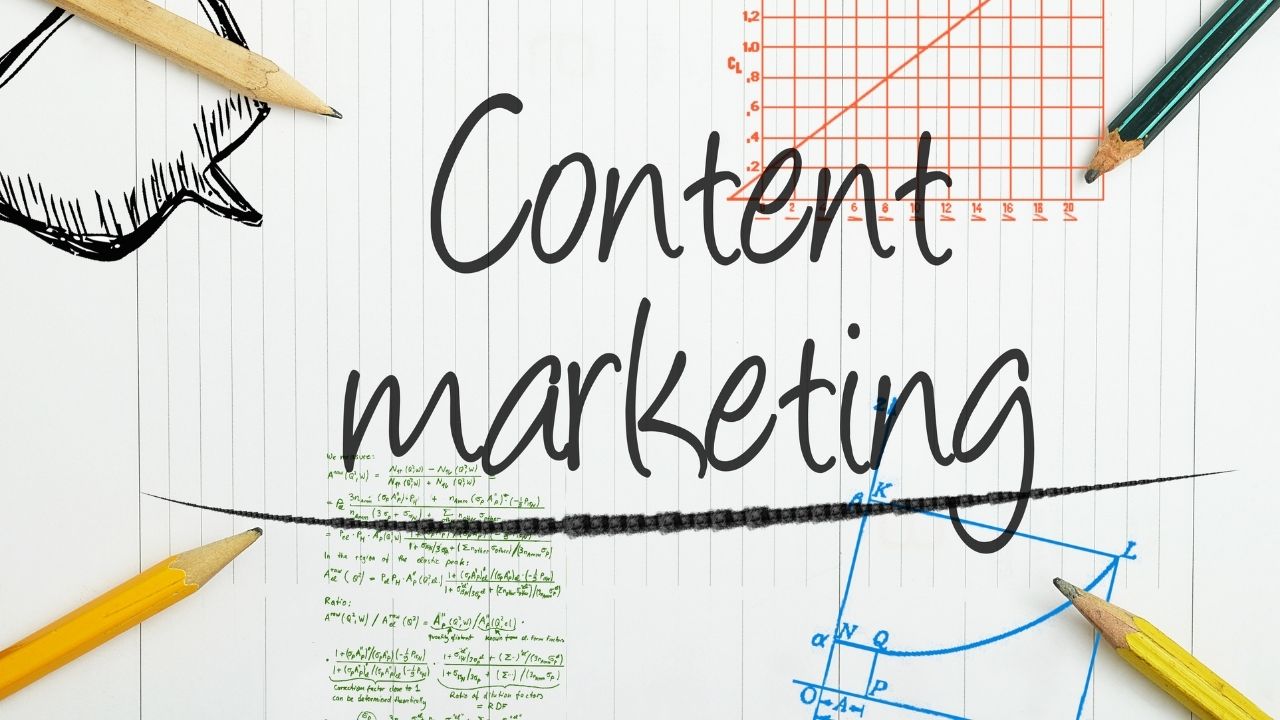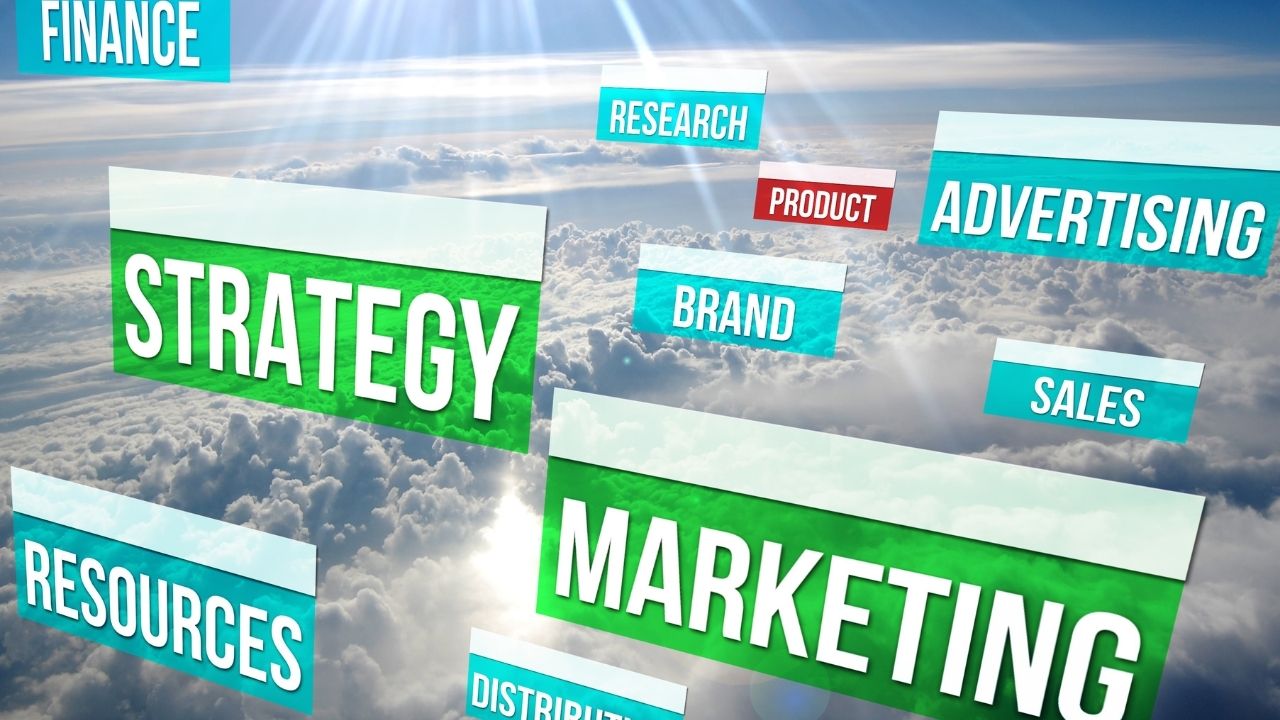
Content marketing is the use and promotion of content across all stages of a customer’s life cycle. It helps businesses achieve their goals. Content marketing is not about advertising campaigns. It's about creating a narrative to appeal to readers and make their lives easier. Here are some benefits to content marketing. This strategy is worth exploring. We hope it is useful. Enjoy your marketing. Let's get into it!
Content marketing is a strategy to fulfill business and customer goals by using content across the customer life cycle
It has become increasingly important to devise a strategy that can meet the diverse needs and wants of both consumers and B2B buyers. To create content that resonates with the right people, content marketers need to consider their audience, product, and challenges. Content marketing must be about attracting customers at the right times and places with the right content.
The benefits of content marketing are many, but they all require a strategy and purpose. Once you determine the goals of your content marketing strategy, you can go about developing your strategy. You should not interrupt the consumer with content. It should be useful, increase product usage, and entertain. You can use content marketing to achieve your goals and those of your customers, but without being too promotional.
It's more than just advertising campaigns
While you may have heard content marketing before, did you know that it does more than just involve advertising campaigns. Content marketing is an approach that helps you build long-lasting relationships with your target audience. Content must be relevant to your target audience, and offer useful information. Here's how content marketing can help you achieve this. It doesn't mean that every article has to be a sales pitch. It should solve the problem of the consumer.

Content marketing builds brand awareness. This helps you build trust with people even if they don't buy from your company. This allows you reach the right people and convert them to buyers. Contrary to advertising, content marketing doesn't have any restrictions that could limit its effectiveness. This is especially true for companies that cannot afford large advertising budgets. However, it is more labor-intensive and takes longer to complete than the former.
It's creating a narrative that appeals and engages readers.
A good story is more that a plot. Stories that inspire and motivate people to take action are called stories. A number of factors are important when it comes to content marketing success. These include search engine optimization, distribution, promotion, as well as SEO. Here are some of the key aspects to consider. This article will discuss the essential aspects of telling a great story. It's important to remember that your goal is not just to promote a brand; it's to create interest around it.
People are emotional creatures. Brands can communicate with their customers on a deeper level by telling stories. This appeals to the emotional side of consumers. Stories encourage action and are a far better choice than bland advertisements. If you relate to your readers, dull content can be transformed into something that inspires action, such as a purchase. Stories can cause an emotional reaction, which can then lead to the desired outcome.
It's about helping people improve their lives
Content marketers shouldn't think of content marketing only as a way to promote their brand. They should instead focus on providing valuable and useful content to their target audience. The most successful brands tell stories that relate to their audience and not about themselves. Instead of focusing solely on the products they sell, they should instead focus on how to improve the lives of their customers and the world around. Ann Handley, a leading figure in content marketing, is an example of this. Ann believes that content marketing is effective both online and offline.

Companies that offer valuable content and expert advice are more appealing to consumers. In addition, they seek out industry experts who are able to solve their problems. Publishing quality content can help you build trust and rapport with your audience. People are more likely to purchase from brands they trust. Content marketing is a great way to gain trust from your customers and make them buy your products. This strategy has numerous benefits.
FAQ
What is Content Marketing Strategy?
Content Marketing Strategy allows you to access data that you might not otherwise have. This data can be used to determine which content types perform best.
It will help you determine the best strategies to increase traffic to your website. It can also give you insights into the behaviour of your audience, so that you can produce even better content.
This means that you can focus more on what works than worrying about what content doesn't.
A Content Marketing Strategy can help you determine what messages resonate best with your audience.
These messages can be used to help you identify the content that they are most interested in. So that you can continue creating similar content and keeping those ideas in motion.
Finally, a Content Marketing Strategy helps you track your content's performance. You can see which content types convert well by sharing more.
A Content Marketing Strategy can be summarized as the key to ensuring that your content performs well.
Is a Content Marketing Strategy right for me?
A Content Marketing Strategy is perfect if you know exactly what you want to communicate.
Here are some questions to ask to get you started.
Is it necessary for my business to communicate a specific message? Is it better to communicate with a broad audience?
Do I want to focus on generating leads or converting visitors into buyers?
What product am I trying to promote?
Are there people I'd like to meet outside of my industry, or am I open to reaching them?
A Content Marketing strategy will be the right choice if you answered yes to any of these questions.
How long can I expect my content-marketing campaign to last?
It varies based on the type of service or product offered.
You might spend a month designing a new style of shoe if you're selling shoes. This could be an example: You launch a new product in August. Then, you continue to improve it throughout the year.
If you are selling clothing, one look might be for spring and one for fall. Your goal is continually offer something fresh so your audience never gets bored.
Your goals will dictate how long your content marketing strategy lasts. For small-scale businesses, you may only need to focus on one channel. For larger companies, you may need to consider multiple channels to reach a broad target audience.
Are there any common mistakes made when creating a content marketing plan?
For any content marketing strategy, a plan is essential. You will waste your time and money if you don't have a plan. Without a solid plan in place, you can create tons and tons of content.
A well-thought-out strategy for content marketing provides direction, focus, as well as goals. This helps you stay on track, as you move through each phase. It might help you to analyze what posts get the highest engagement rates, for example, when you start social media marketing campaigns. You will be able to identify which posts are most likely to drive traffic and which ones won't. Based on the results, you can decide if you want to create blog articles or videos.
People make another mistake when they don't think about how long the content marketing campaign is going to last. If you are planning to launch a new site tomorrow, it is a good idea to write some content right away. If you've been working on your content marketing strategy for six-months, it makes sense to write some content today.
Great content takes time. Don't rush yourself or underestimate this step.
Consider yourself a business person who is interested in content marketing. Our guide How To Make Content That Workes is a good choice. It outlines ten steps to create content that works and ensures that your marketing programs are efficient.
Do I need to have a team of people or can I do the content marketing myself?
Your budget, skills, and experience will all play a role in the answer. You may need to learn how you can do the job yourself if you don’t want to hire someone.
A support system is essential if you want to be successful in content marketing.
A good content strategist or agency can save you time and money while helping you get results faster.
If you don't work hard, deliver quality content consistently and keep up to date with the latest trends, you won't be able to succeed. That's why having a solid content strategy in place is vital.
How much does content marketing cost?
The price of content marketing varies depending on whether you're looking for an outsourced solution or you're going to handle everything yourself. Outsourcing content marketing services is usually less expensive than hiring full-time staff, and allows you to scale up quickly when you require more coverage.
HubSpot research found that outsourcing content production is more expensive for B2B companies than it is for consumers.
However, there are plenty of web resources that provide free content marketing tools that you can use to create engaging content that converts.
There are many different ways to optimize content that is optimized for search engines, such as Google and Bing. For example, you could write original articles and guest post on blogs. Or, you could curate content form other websites or reuse existing materials.
If you want to self-produce content, you will need to learn how you can create great content. It's easy to create content once you have it down.
Start by creating basic landing pages with WordPress. Then, you can move on to building your website. This allows you to create a portfolio.
What is the best Content Management platform?
There are many platforms on the market today. Each one comes with its pros and con. Here are a few popular options:
-
WordPress is easy to set up, manage and maintain. Amazing community.
-
Wix - Easier than WordPress to set up and maintain. There is no technical knowledge required.
-
Squarespace - Best option for those who already have a website.
-
Blogger - Free blog service
-
Medium - A place for writers to share their work.
-
Instagram - An image-based social media platform.
-
LinkedIn - A networking tool.
-
Facebook – A social network.
-
YouTube - Video sharing platform.
-
Pinterest – Image-based platform.
-
Google Analytics – Track visitor behavior.
-
Hubspot - Email marketing software.
-
MailChimp – Email marketing software.
Statistics
- According to research compiled by Coschedule: Companies that publish 16+ blog posts a month get as much as 3.5x as much traffic as those that publish 0-4 posts a month. (criteo.com)
- Forty-seven percent of buyers view 3 to 5 pieces of content before engaging with a sales representative. (mailchimp.com)
- We found that 40% of businesses don't have a documented strategy yet. (semrush.com)
- Content marketing produces 3X more leads per dollar spent. Content marketing costs 62% less than traditional marketing. (criteo.com)
- Seventy-two percent business to business (B2B) (mailchimp.com)
- According to our research, 65% of companies with very successful content marketing in 2021 ran content audits at least twice a year. (semrush.com)
- Out of the 1,500 marketers we surveyed for our State of Content Marketing report, 78% who felt their content marketing strategy was exceptionally effective in 2021 had documented their strategy. (semrush.com)
- Measure your goals with a progress indicator of 0-100%. Make your goals collaborative and transparent (semrush.com)
External Links
How To
Informationgraphic creation tips to help with content marketing
Infographics are a powerful way to simplify complicated concepts, and make information easier to understand. Use infographics as a tool to promote your content marketing message.
For creating an infographic you'll need software such as Adobe Illustrator and Photoshop. These programs are great for creating infographics. After your design is complete, you can upload images from Unsplash and Pixabay to your design.
Check out existing infographics online to get some ideas. A picture of a food Pyramid could be used to show how many calories each food has. Another option is to take a picture of a can of Coke and look at how much sugar it contains.
Once you have created your infographic it is possible to share it via social media channels like Facebook, Twitter and Google+. This will make it easier for people who don't know the concept to get familiar with it. In order to make others see your infographic, use hashtags when you post it on social media. Hashtags allow users to follow along with conversations surrounding specific topics.
An infographic is a shorter version of a blog post. An average blog post can be anywhere from 2000 to 5000 words long, while an infographic only requires 500 to 1000 words. That means you can get more information across in less space.
Remember that not all viewers can read small font sizes when designing an infographic. Make sure you use large enough fonts and don't rely too heavily on color for your graphics. Also, make sure that all your text is legible.
These are additional tips:
-
Use an infographic template. There are many online templates that you can download or print. The most popular ones include Canva, Piktochart, and Google Slides.
-
Your Infographic is ready. To create your infographic, use the template. You can use any kind of media that you feel is appropriate for your audience. In this example, photos of Seattle restaurants might be used to create an infographic about Seattle's best restaurants.
-
Add Text. Add text after you've created your infographic.
-
Add images. Images can be added to your infographic. These images can include charts, graphs and icons. Make sure your picture is relevant to the topic you are adding.
-
Make It Interactive. You can add interactive elements, such as maps, buttons, and links. This will allow you to engage your audience.
-
Share. Share your infographic when you are done.
-
Measure. Your infographic's performance. Did people click through? Did they sign-up for your email address? What was their reaction when you showed them your infographic
-
Improve. Is there anything you can do to improve your infographic Could you do better next time?
-
Repeat. Do it again.